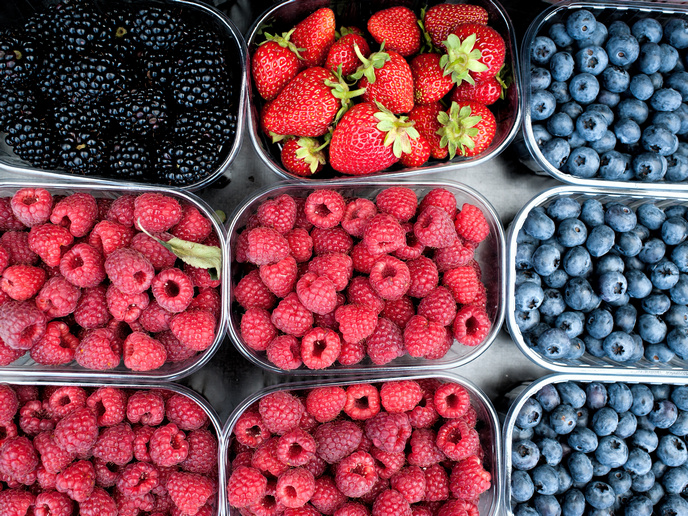Improved tomato varieties that delay softening
Tomato, Solanum lycopersicum L., is one of the most produced crops worldwide and a well-studied model for fleshy fruits. It is an excellent source of antioxidants like vitamin C, flavonoids, beta-carotene and lypocens. However, around 25-42 % of the yield is lost post-harvest owing to premature softening and the attack of plant pathogens such as the fungus Colletotrichum coccodes(opens in new window). “Strategies to increase the shelf life of fleshy fruits (like tomato) are a major challenge in fruit breeding programmes. Improving cell wall integrity and mechanical properties is the first line of defence against fruit softening,” notes Yoselin Benitez-Alfonso, manager of the EU-funded CallMechanics project. Candelas Paniagua-Correa, who has been awarded a fellowship under the Marie Skłodowska-Curie Actions programme, has analysed a group of cell wall degrading enzymes called beta-1,3 glucanases that could act as candidate targets for fruit improvement. The goal was first to identify these cell wall modifying enzymes during tomato ripening and then study how they affect fruit traits, such as firmness and cell turgor(opens in new window), after their expression has been modified using genetic approaches. CallMechanics ran only for 6 months owing to the COVID-19 pandemic and restrictions that limited access to laboratories. Nevertheless, significant progress was achieved concerning the first objective.
Elucidating the role of callose-degrading enzymes
“Beta 1,3 glucanases degrade callose(opens in new window), which is a beta-1,3 glucan (a plant cell wall polysaccharide) that inhibits pathogen invasion and spread and controls the intercellular transport of signals and other molecules via cell wall channels called plasmodesmata,” explains Paniagua-Correa. By conducting a phylogenetic analysis, Paniagua-Correa identified 50 candidate tomato beta 1,3-glucanases distributed in three clades(opens in new window) with a common ancestor, (α, β and γ), according to similarities in sequence alignment. The analysis of microarray data indicated different expression patterns across the different fruit stages: the expression of a subset of enzymes in cluster α decreased during the ripening stage, while two enzymes in clusters β and γ displayed higher expression in the white-red stages. Real-time quantitative reverse transcription PCR(opens in new window) tests confirmed the differential expression patterns of beta 1,3-glucanases and suggested that these evolutionary divergences might correlate with differences in their predicted localisation and function. These differences are relevant for selecting targets to improve the fruit shelf life. The study findings are published in here(opens in new window).
A new research direction in tomato yield performance
CallMechanics progress in plant physiology and agriculture crucially relied on merging expertise from different fields, such as biotechnology, biochemistry, molecular biology, genetics and biophysics, using the most advanced state-of-the-art instrumentation. “By modifying callose concentrations in the plant, we sought to optimise not only the tomato firmness but also other parameters associated with fruit softening such as cell wall permeability and susceptibility to pathogens,” highlights Benitez-Alfonso. “Our approach could have a significant impact on fruit shelf life.” Benitez-Alfonso continues: “Cell walls are recognised as a critical target for fruit improvement. Recent studies have used a genome editing tool (CRISRP/Cas9) to mutagenise another cell wall degrading enzyme – polygalacturonase – that degrades the pectic component in the tomato, leading to delays in fruit softening. As far as we know, our project was the first one to target callose. Given the various roles callose plays in plant development, our genome-editing approach could prove successful not only in delaying softening but also in improving other important parameters such as fruit growth/size, flavour and disease resistance.”







